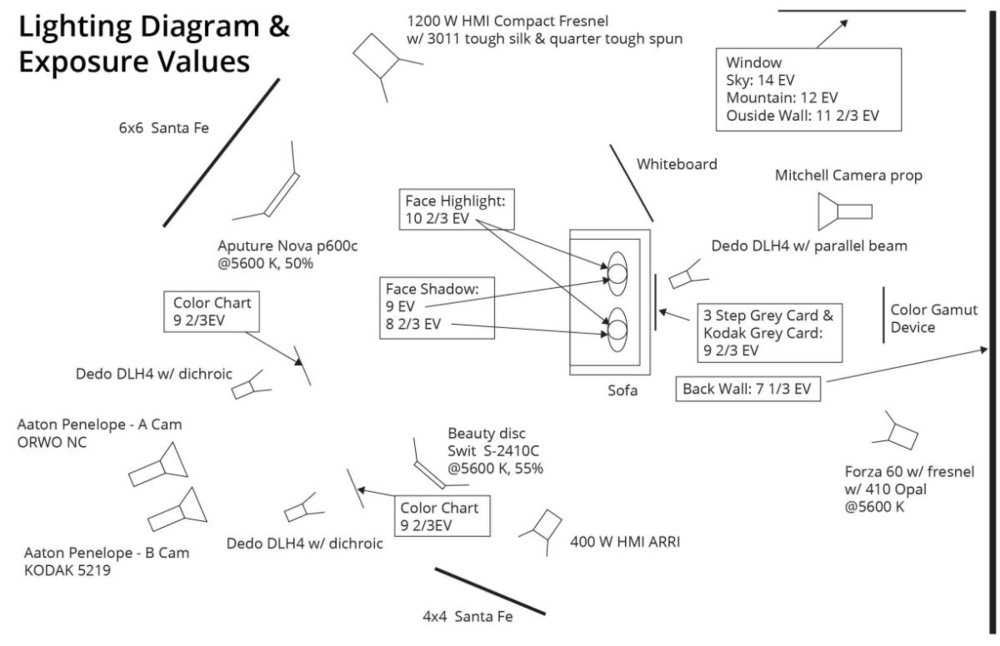Search the Community
Showing results for tags 'color negative'.
-
I've always heard shooting color neg and pulling out all the color simply doesn't do what shooting black and white does. I plan to shoot a test of my own to see what I find on my own, but I'm interested in people's insight into this claim? This began with me trying to find as much Plus-X 7276 as I could for a short, because it's probably my favorite stuff full stop. but it's so old now that it's nearly impossible to find in large amounts, and like a lot of expired film, often comes without any guarantee of the quality of the storage. So I thought, why don't I just shoot 7203 with high contrast ratios and try to fake it? Do you think I'll even get in the same ballpark? 7276 is so shimmery and silky and punchy and grain free. Besides V3 color stocks being so low-con by design, are there any other reasons that make this not a great idea? Thanks!
- 12 replies
-
- 16mm
- color negative
-
(and 3 more)
Tagged with:
-
Please follow this link to view the comprehensive NC400, NC500 as compared to Eastman Kodak 5219 that was shot on March 1st, 2023. https://vimeo.com/820380873 We used two Aaton Penelopes in a side-by-side setup with matching prime lenses. We made two passes, each with the NC stocks in the A camera and Kodak 5219 500T in the B camera. The exposed material was developed and scanned at Colorlab on a DFT Scanty at 4.3K for a 1 to 1 representation on 4K DCI. In addition the material reviewed on ARRI Scanner Company 3 by Thomas Kuo. The team exposed the stocks at their respective box speed. The first thing we wanted to find out is the film stocks' speed. The factory rates the two film stocks at ISO 400. We implemented the standard two stops under to 2 stops over wedge test in 1/2 stop increments. We concluded that the NC400 emulsion looked closer to "normal" at one stop over or N+1, that being ISO 200. At the same time, the NC500 appears to have a slightly less normal density at close to the factory box speed of ISO 400. In conclusion, NC500 appears to have an ISO of 320. I recommend exposing it at ISO 250. Test Credits: Dwight D. Campbell - Master Gaffer Donald Burghardt - Master 1st AC Dan Venti - Master 1st AC David Auner, AAC - Cinematographer Gustavo Perez - Electrician Hanako Ohashi - Coordinator David Jean Schweitzer, SOC - Cinematographer, Project Leader CURVES-comparative.jp2
- 5 replies
-
- 1
-

-
- orwo
- color negative
-
(and 4 more)
Tagged with:
-

white titles over image on color negative
chris hoag posted a topic in Visual Effects Cinematography
I was just wondering if a few of the great minds on cinematography.com would be kind enough to double check what I think is a process to create white titles burned into an image when shooting on color neg. (I want to make prints directly from the camera originals- no IP. The film will only be 2min and have text over the image pretty much the whole time.) So first I shoot the image on one roll of neg (vision3). Then I shoot the titles on another roll of neg (vision3 or hi-con 7363 if I can find it) by shooting white (or clear backlit) letters against a black background. So now I have a negative of both the image and the titles (which now appear as black text on a clear background) and I then have the lab bi-pack them together and print them onto print film resulting in an image with white titles burned into it. Is this the way to go? I assume when bi-packing I would want the 2 strips from the camera (the image neg & the titles neg) to be emulsion to emulsion so that they're are both in focus, right? Does this mean I need to shoot the text reversed so the strip can be flipped when bi-packing so the sprockets line up on the same side? Also, does this mean it can only be bi-packed in the optical printer and not the contact printer (because the strip of print stock has to be emaulsion to emulsion with the camera stock and this can only be done with one strip of camera stock at a time)? I guess some of these are questions for the lab but the more feedback I get, the better. Thanks! -Chris




